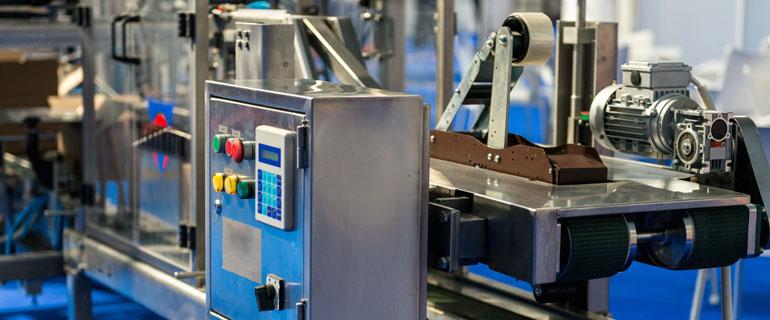Signs Your Production Line Could Be More Efficient
Production inefficiencies can create bottlenecks and lead to huge lost opportunities over the long run. Common problems that lead to inefficiency, like recurring downtimes, also raise costs and increase the volume of specialized labor needed to keep your production line running.
To help you identify whether your production lines could be in need of adjusting, consider the following three signs along with our suggested ways to improve manufacturing productivity and efficiency.
Product Queuing Rather Than Continuous Production
Not every production line can be designed to achieve seamlessly continuous production, but no modern production line should be guilty of creating an extended queue. Queue bottlenecks have a way of backing up your entire line while demanding more attention from human laborers.
Long product queues can indicate incompatible equipment speeds, where production times for one stage of the recipe are far longer than others. Proper line integration using equipment with a high degree of automation typically provides the answer.
As an example, Raab’s line of Linx continuous inkjet (CIJ) printers are capable of printing up to 718 feet per minute of coding or labeling text upon a moving conveyor line of products.
Time Intensive Changeovers for Product Adjustments
Modern production lines must be adaptable practically on-the-fly in order to satisfy ever-changing consumer demands. Between equipment designed to accommodate multiple product streams and the increasing use of small batch production, equipment used on your line should enable effortless adjustments that take minutes – not hours.
These principles helped Raab accommodate a production line change at a pet food manufacturer by providing an Eastey top and bottom automatic case sealer. The machine’s adjustable rails could be reconfigured to accept new case sizes with minimal effort and just a few minutes of time.
Inconsistent or Unsatisfactory Throughput
Variable throughput levels often indicate high levels of downtime for production machinery.
Production line equipment is designed to achieve highly consistent, repeatable throughput in order to maximize the purchaser’s revenue-generation capabilities. If the facility is using older equipment or equipment prone to operator error, then these consistent results will be impossible to achieve.
Other times, legacy equipment simply cannot match the production goals established.
Finding machines with a high level of throughput and an efficient design is the answer. The Paxton Power Dry line of industrial dryers, for example, can accommodate modular blower nozzle designs in order to facilitate a variety of product requirements. At the same time, it is capable of shearing water from a maximum of 600 cans per minute – all while consuming less energy than most compressor-driven systems.
Find Solutions and Ways to Improve Manufacturing Productivity and Efficiency by Consulting With Raab
Raab works closely with industrial manufacturing and packaging clients in order to identify and integrate best-fit solutions for their unique needs. We provide the latest cutting edge production equipment capable of achieving high levels of throughput. Most of our equipment also offers flexible capabilities while needing minimal maintenance.
Determine the perfect solutions to raise efficiency and make your facility more profitable when you contact our experts today.


Comments
Add your comments